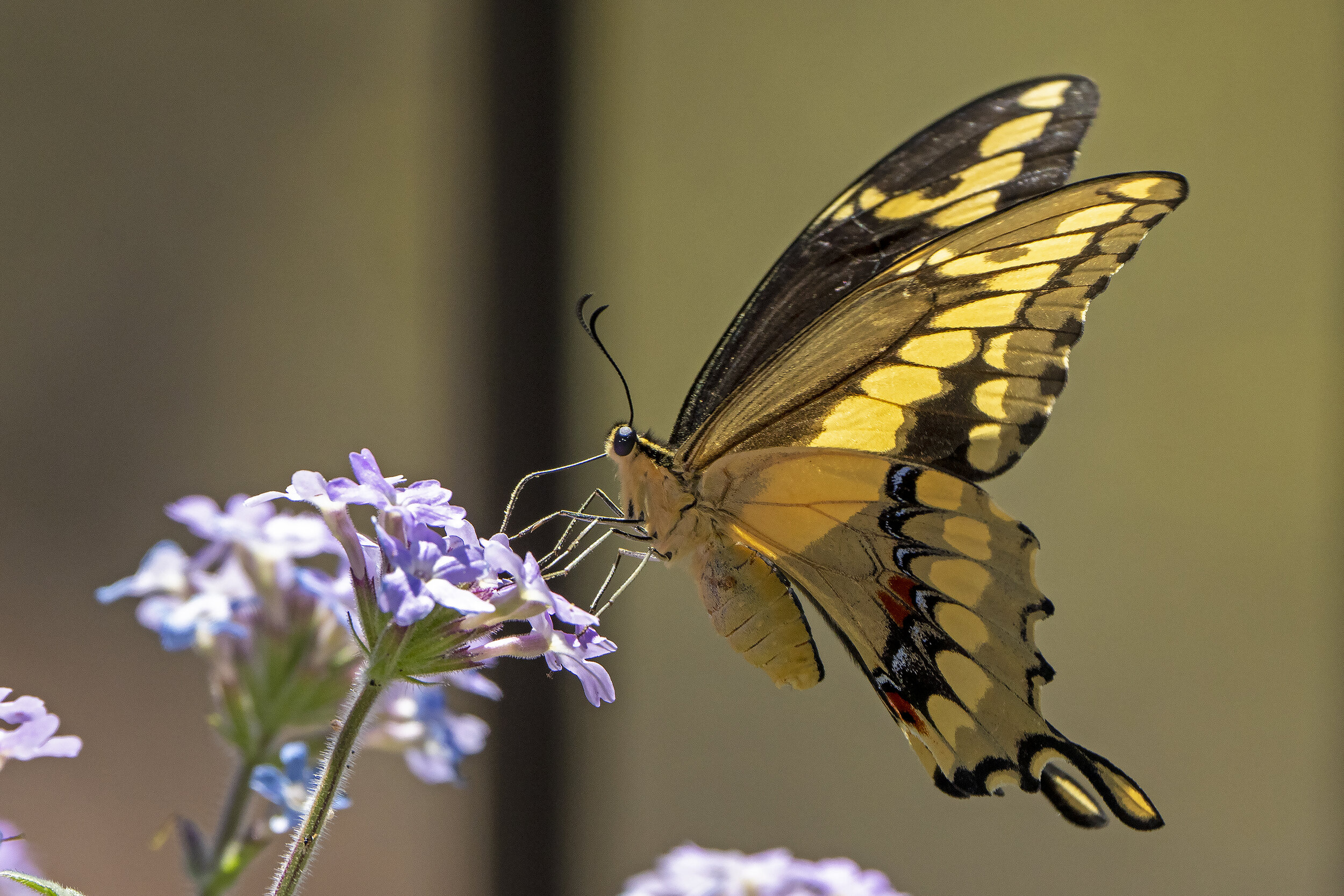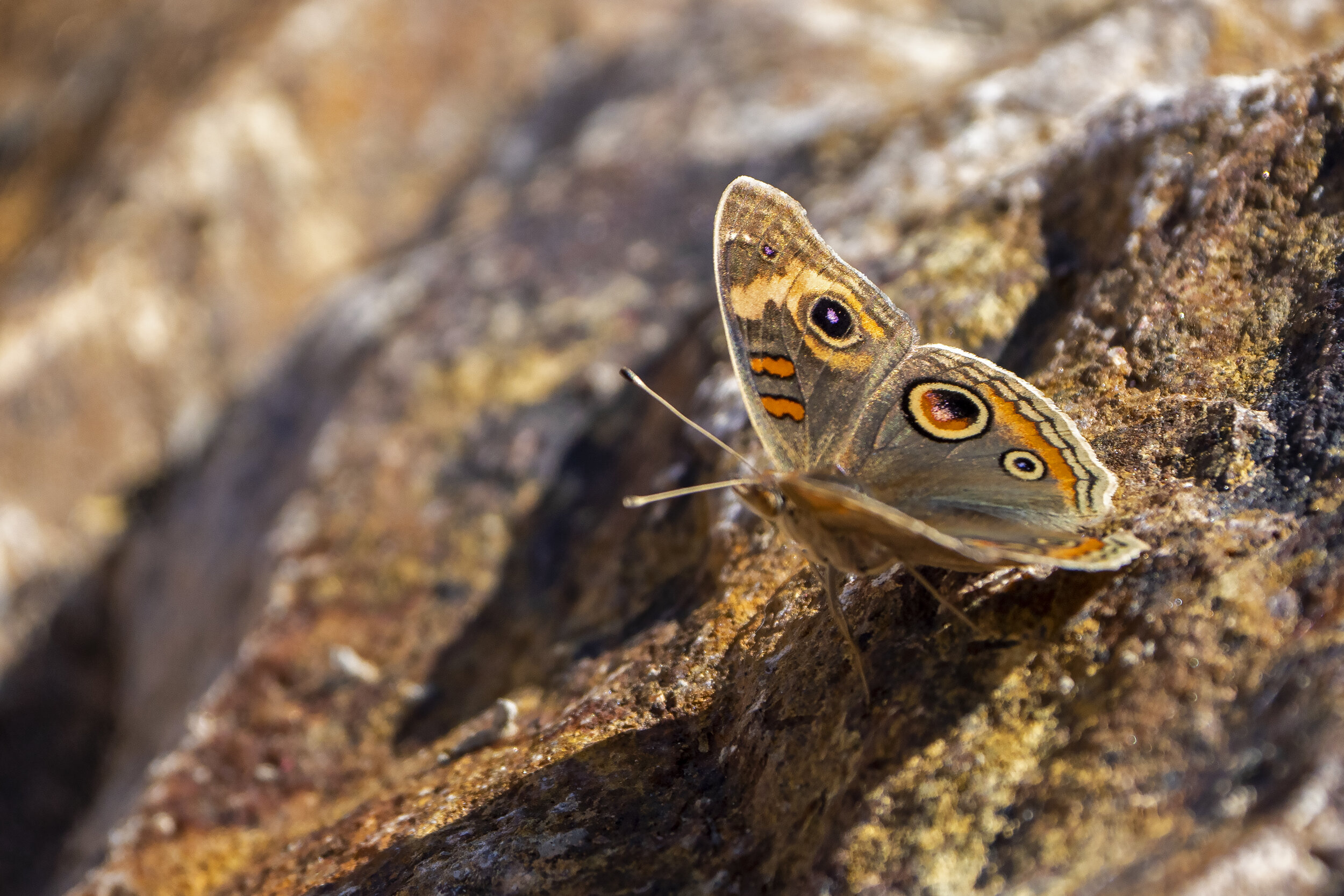The Desert Gets a Very Rare Avian Visitor
This wading bird (a juvenile Northern Jacana) showed up at the Canoa Ranch pond around September 8th and stayed around for a couple days (so far, as I write this, it’s still around). So what is the big deal about this bird? Well, it is WAY north of its normal range in Mexico, and it usually is close to an ocean shoreline. So how does it wind up at one of the very scarce ponds in the Sonoran Desert? Nobody really understands why these ‘vagrants’ wind up in oddball place, but sometimes it happens. The fact that it’s a young bird is probably one of the reasons.
Word spread quickly among birders and many people have now seen and photographed this bird and no doubt it will continue to be very popular if it stays around for awhile. This was a ‘life bird’ for me - I had never seen one before, never having birded in Mexico. So this was likely a once-in-a-lifetime opportunity for me - birding-wise.
The bird is small-ish, about the size of a common shorebird everyone has seen - the Killdeer. Except the Northern Jacana has extremely long legs relative to its body, and outlandishly-sized feet. These adaptations help it wade in shallow water along the shore of bodies of water, and the huge feet allow it to walk on lily pads and other lake and pond vegetation. The next photo gives some idea of these two aspects of the bird. When it grows to adulthood, it will develop a nice copper coloration to its body and a bright yellow mark on its head.
Canoa Ranch Historical Park has become famous with birders. The ranch, which is now managed as a historical preserve by Pima County, attracts many species of birds (more than 250 have been seen and documented so far). This is because the ranch is on a flyway for migrating birds, who see the ranch pond and the trees around the old ranch buildings as a good stopover and resting point. The county has also just finished constructing a ‘cienega’ north of the pond. A cienega is a marshy area, which will also act as an oasis for resident and migrating birds. Additionally, they have removed non-native vegetation and planted a ‘pollinators garden’ which should attract butterflies, hummingbirds and bees.
Birders are looking forward to more unusual visitors down the road!













